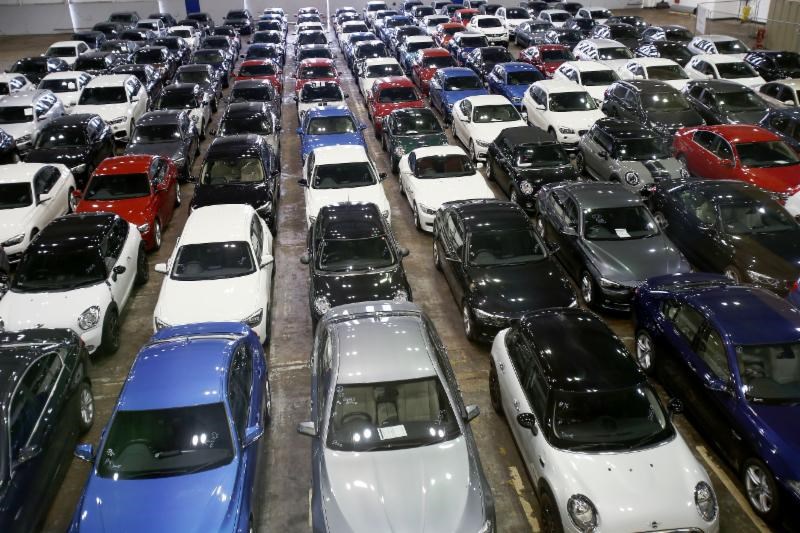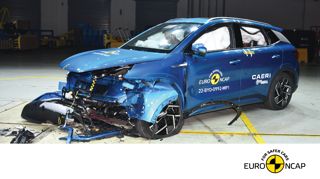Used cars are taking longer to sell at some dealerships due to the time spent reconditioning stock.
Manheim’s latest dealer sentiment survey highlights that only 19% of dealers are able to get newly-sourced stock on sale within two days.
The majority (42%) of dealers get new stock on sale within 3-4 days, but 10% reported a turnaround time of nine or more days.
Of those surveyed, 85% said that time taken to complete reconditioning work is the biggest delaying factor in getting a vehicle on sale.
The results come at a time when high demand for stock is leading to strong competition in the wholesale market, and some dealers are choosing to upgrade lower condition vehicles rather than pay top-price for ready-to-retail stock.
Philip Nothard, customer insight and strategy director for Manheim, said: “We know that margins are under pressure, with almost half (48%) of the dealers we surveyed reporting a year-on-year margin decline.
“These pressures, coupled with a competitive wholesale market, mean that retailers are managing costs extremely carefully. One strategy is to buy lower grade vehicles, or keep hold of part-exchange stock and recondition it before putting it on sale.”
While reconditioning can reduce the initial outlay for a dealer, Nothard said there are hidden costs in the potential impact on time to sell.
Research from Cap HPI suggests that a standard used family hatchback like a Ford Focus can depreciate by an average of £7 per day, a hidden cost of £28 per car if it takes an average of four days to list a vehicle.
“It’s worth being aware of this hidden cost because there are ways to mitigate it,” Nothard added.
“It goes without saying that a reliable reconditioning partner is a must for dealers that don’t have in-house reconditioning facilities.
“I’d also suggest a focus on appraisal training for sales staff. An accurate appraisal allows dealers to make an informed decision on what to do with a part-exchange car, and may mean it can be booked in for reconditioning work earlier.
“Finally, it’s worth considering whether or not a vehicle can be listed for sale with an image before any reconditioning work is carried out. Even a simple image of the car will generate significantly more consumer interest; Auto Trader data shows that vehicle adverts with placeholder images perform 62% worse than those with real images.”


















Login to comment
Comments
No comments have been made yet.